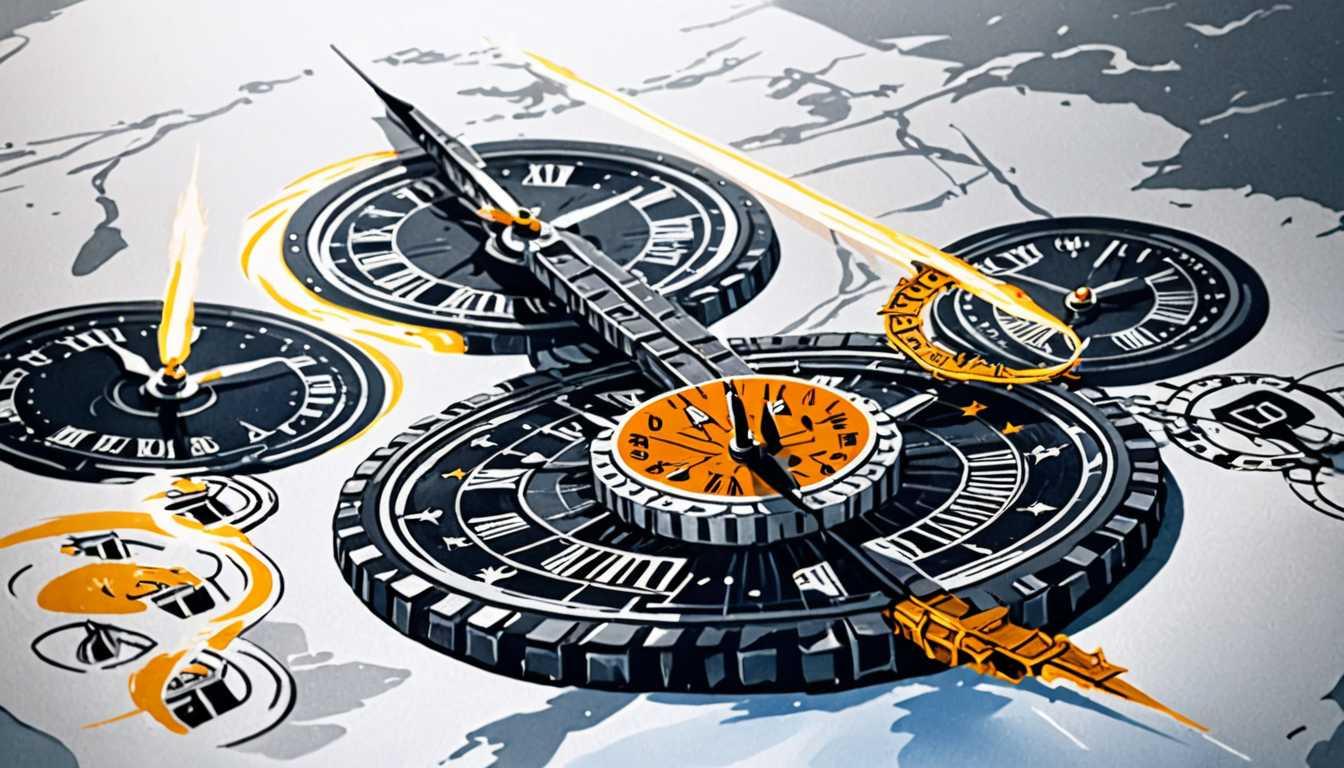Origami Meets 4D Printing Magic
July 2023
UTokyo
Introduction
Dive into the future with UTokyo's mind-bending breakthrough: turning flat sheets into complex 3D objects without wasting a speck of material! Imagine pouring hot water over a seemingly ordinary piece of paper, only to watch it transform into an intricate 3D shape in seconds. This magic? A blend of origami, chemistry, and a dash of 4D printing innovation. Say goodbye to traditional, time-consuming 3D printing methods and hello to rapid, waste-free creations. Ready to see the future unfold? Literally!
READ FULL ARTICLEWhy It Matters
Discover how this topic shapes your world and future
Unfolding the Future with a Fold
Imagine a world where creating complex, three-dimensional objects is as simple as pouring hot water over a flat sheet. This isn’t a scene from a sci-fi movie; it’s the reality of a groundbreaking technique in 3D printing—or, more accurately, 4D printing. This innovative approach combines the art of origami with cutting-edge chemistry and printing technology to create objects that self-fold into intricate shapes in seconds, without wasting a single bit of material. This leap forward could revolutionize everything from fashion to disaster relief, making it possible to send flat, lightweight materials that transform into necessary items on-site. For you, this might mean the clothes you wear or the tools you use could be produced more efficiently, with less impact on the environment. The implications are vast and could touch on many aspects of daily life and the global economy, highlighting the importance of creativity, sustainability, and innovation in science and technology.
Speak like a Scholar
4D Printing
A type of printing that creates objects which change shape over time in response to external stimuli, adding time as the fourth dimension.
Origami
The traditional Japanese art of paper folding to create complex shapes and figures from a single sheet of paper.
Algorithm
A process or set of rules followed in calculations or other problem-solving operations, especially by a computer.
Conductive Inks
Special inks used in printing that conduct electricity, allowing the creation of electrical circuits without traditional wiring.
UV-Reactive Materials
Materials that change properties when exposed to ultraviolet (UV) light, often used in various types of printing.
Resolution
In the context of printing, it refers to the sharpness and detail of the printed material, typically measured in dots per inch (DPI).
Independent Research Ideas
The Environmental Impact of Traditional vs. 4D Printing
Investigate how 4D printing could reduce waste and energy consumption compared to traditional manufacturing methods. This could lead to insights on sustainable production practices.
Origami in Modern Engineering
Explore how the principles of origami are applied in fields such as aerospace, automotive design, and structural engineering, revealing the interdisciplinary nature of this ancient art.
The Role of Conductive Inks in Wearable Technology
Examine how conductive inks are used in creating wearable devices, potentially transforming how we interact with technology and monitor health.
UV-Reactive Materials in Art and Design
Discover how artists and designers use UV-reactive materials to create dynamic works that change appearance under different lighting conditions, blending science with creativity.
The Future of Fashion with 4D Printing
Delve into how 4D printing could lead to innovative, sustainable fashion designs that adapt to environmental changes or the wearer’s needs, offering a new paradigm for the industry.
Related Articles

Ice vs. Water: Cooling Showdown
April 2023
Phys Org

Mini Pump, Mega Impact: MIT's Innovation
April 2023
Massachusetts Institute of Technology (MIT)

Brighter LEDs: Efficiency vs. Stability
August 2023
Stanford University

Sunlight: The Counterfeiters' Kryptonite
March 2023
Phys Org

Gold's New Magic: Au2+ Unveiled
September 2023
Stanford University